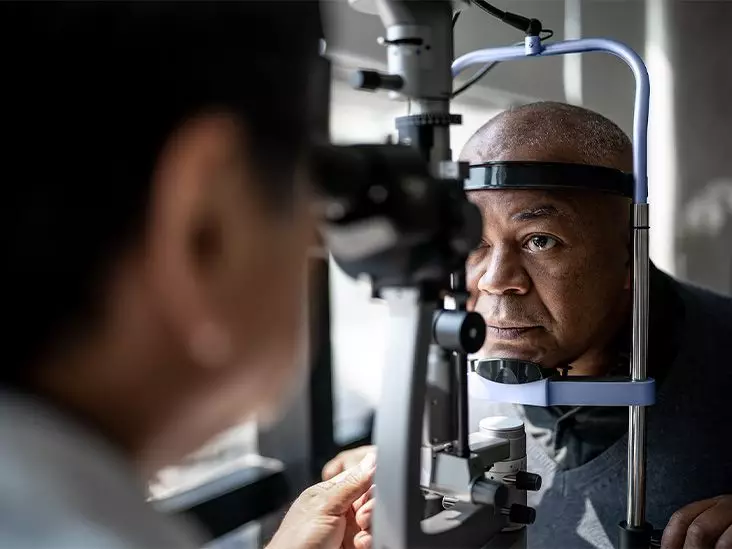Diabetic retinopathy (DR) is a condition that typically develops over several years, with progression taking at least 5 years after an initial diabetes diagnosis. The risk of developing DR increases the longer a person has diabetes, with individuals living with type 1 diabetes (T1DM) being more susceptible than those with type 2 diabetes (T2DM). In fact, the lifetime risk of DR is over 90% for those with T1DM and up to 60% for individuals with T2DM. Other contributing risk factors can include challenges in managing blood sugar levels, as well as high blood pressure and cholesterol levels. Furthermore, individuals of Hispanic or African American descent may have a higher likelihood of developing DR.
Types and Progression
There are two main types of DR: nonproliferative diabetic retinopathy (NPDR) and proliferative diabetic retinopathy (PDR). This eye condition is considered progressive, meaning it worsens over time. Health professionals categorize DR into four stages, with NPDR representing the earlier stages and PDR indicating the most severe stage. Eye doctors can identify signs of DR and determine the specific stage of the condition. It is crucial for individuals with diabetes to undergo annual eye exams, as the early stages of DR often do not present noticeable symptoms.
Symptoms and Treatment
Early symptoms of DR may include blurriness, dark spots, color differentiation issues, and eye floaters. As the condition progresses, these symptoms can worsen and potentially lead to vision loss. Timely diagnosis, effective diabetes management, and appropriate treatment for DR are essential in delaying vision loss and preventing further complications. By addressing the risk factors, recognizing symptoms, and seeking necessary medical intervention, individuals can take steps to preserve their vision and overall eye health in the presence of diabetes.
Understanding the development, risk factors, types, progression, symptoms, and treatment of diabetic retinopathy is crucial for individuals living with diabetes. By staying informed, proactive, and engaged in regular eye care, individuals can effectively manage this condition and safeguard their vision for the long term.

